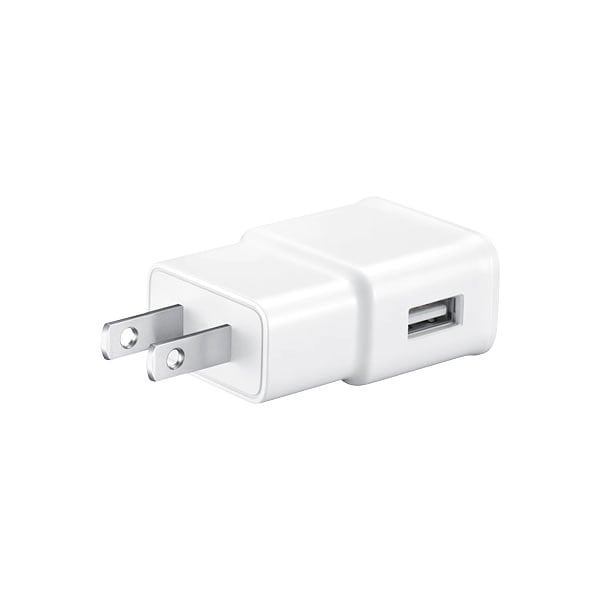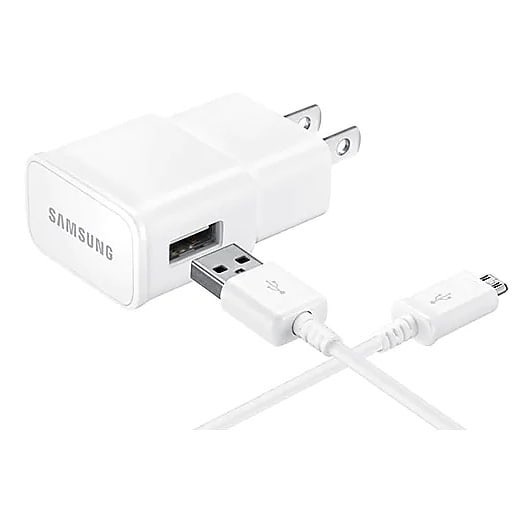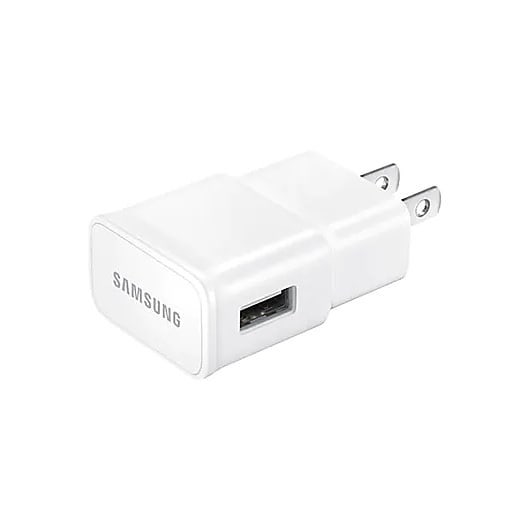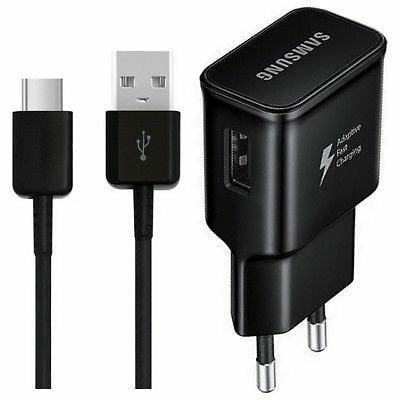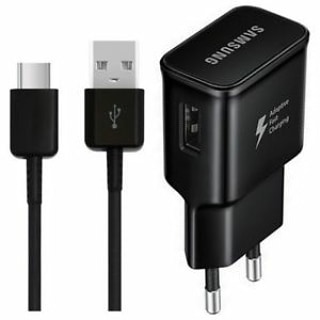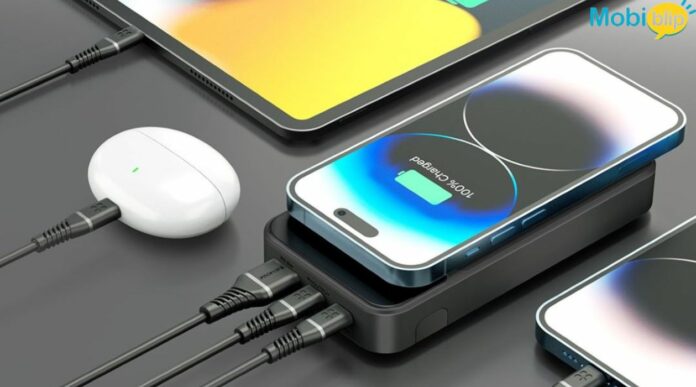
Adaptive Charging: Your Key to Longer Battery Life
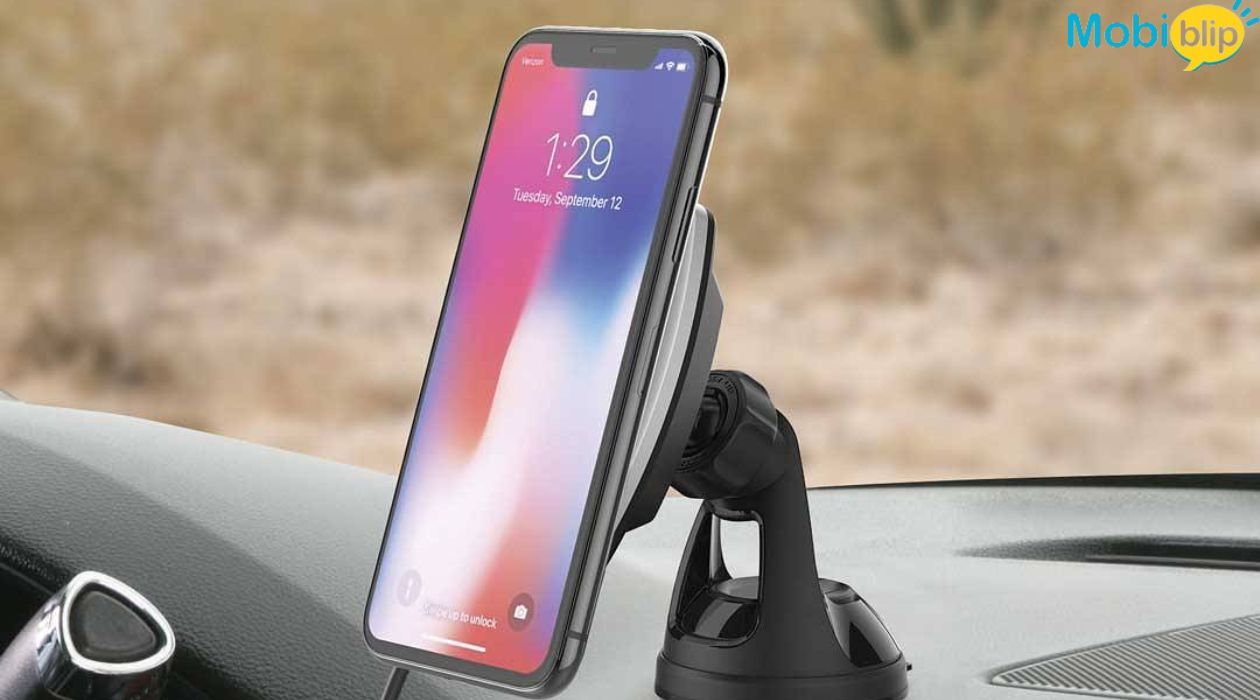
Imagine a charging system that’s like a smart butler for your battery. That’s the idea behind adaptive charging. It’s a technology designed to optimize how lithium-ion batteries are charged, which are the kind of batteries in most electronics and electric vehicles (EVs).
Here’s the basic idea:
- Traditional chargers deliver power in a fixed way, regardless of the battery’s condition or your needs.
- Adaptive charging takes a more nuanced approach. It uses sensors and software to analyze various factors like:
- Battery health: How old is the battery? How much wear and tear does it have?
- Temperature: Extreme heat or cold can stress batteries.
- Charging habits: Do you typically top off short charges or go for a full charge overnight?
By considering these factors, adaptive charging can adjust the charging process in real-time. This can lead to several benefits:
- Extended battery lifespan: By avoiding practices that degrade batteries, like constantly reaching 100% charge, adaptive charging can potentially make your battery last longer.
- Faster charging (up to a point): For situations where you need a quick top-up, adaptive charging might allow for faster charging speeds without harming the battery.
- Improved efficiency: By tailoring the charge to the battery’s needs, adaptive charging can potentially reduce wasted energy.
This technology is still evolving, but companies like Volvo are already seeing promising results, like reducing fast-charging times for EVs.
Here are some things to keep in mind:
- Adaptive charging isn’t a magic bullet. There’s still a balance between speed and battery health.
- The effectiveness of adaptive charging can vary depending on the specific technology and implementation.
Overall, adaptive charging is a promising development that could improve the way we charge our devices and extend the life of our batteries.
Activating Adaptive Charging
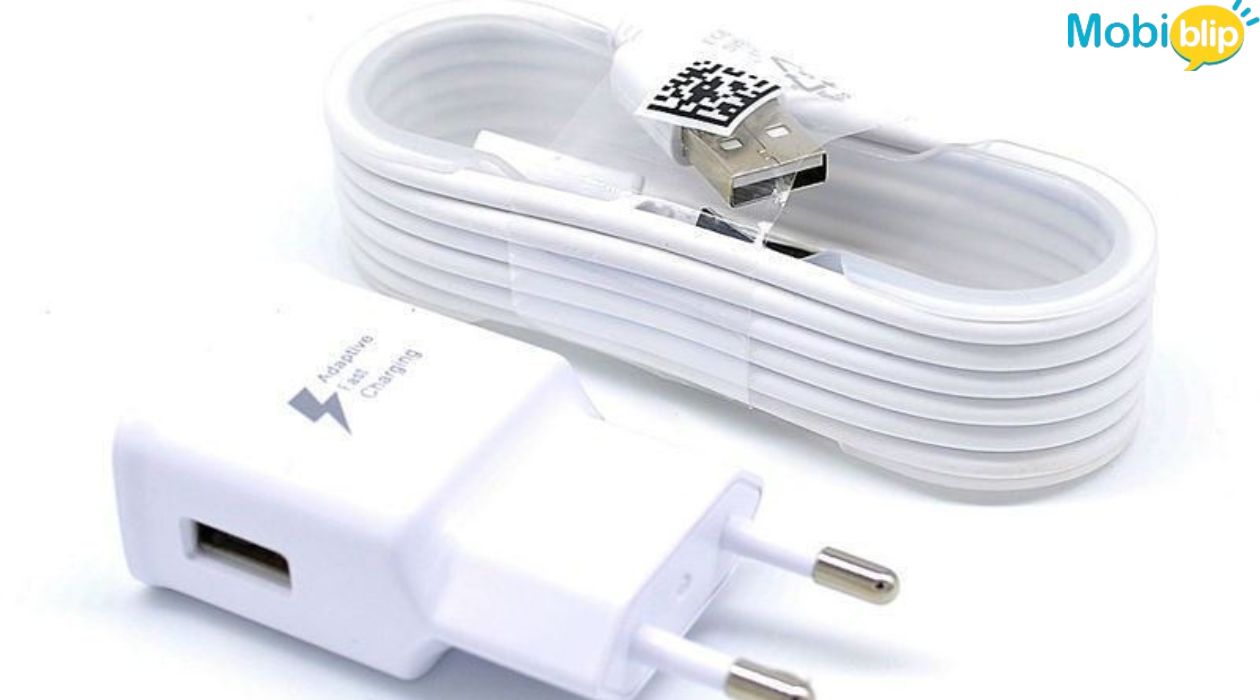
The exact steps to enable adaptive charging will depend on your device. Here’s a general guide that should help you find the setting:
For Android Phones (Pixel as an Example):
- Open the Settings app on your phone.
- Tap on Battery.
- Look for an option called Adaptive Charging or Battery Health. The wording might vary slightly depending on the phone model and Android version.
- If you find the option, there will likely be a toggle switch to enable or disable it.
For iPhones:
As of now, iPhones don’t have a specific “Adaptive Charging” feature. However, iPhones do have built-in battery health management that optimizes charging to reduce wear and tear. This works in the background and doesn’t require any specific user setup.
For Chromebooks:
- Open Settings on your Chromebook.
- Click on Power Management.
- Look for an option called Adaptive Charging.
- There should be a toggle switch to enable or disable it.
General Tips:
- If you can’t find the Adaptive Charging option after looking in the Battery settings, try searching the settings menu for relevant keywords.
- The manufacturer’s website or support pages for your specific device model might have more detailed instructions.
Common Misconceptions of Adaptive Charging
Adaptive Charging does not drain more battery. In fact, it’s designed to do the opposite by optimizing the charging process for better battery health and potentially longer lifespan. Here’s why the idea of adaptive charging draining the battery is a misconception:
Understanding the Technology: Traditional chargers deliver a constant flow of power, which can stress the battery, especially when reaching 100%. Adaptive charging avoids this by learning your habits and slowing down the charge towards the end, reducing strain.
Focus on Long-Term Health: While a constant fast charge might seem quicker initially, it can degrade the battery capacity faster. Adaptive charging prioritizes long-term health by opting for slower charging when possible. This might mean a slightly longer time to reach 100%, but the battery will likely retain more capacity over time.
Let’s address some other common misconceptions about adaptive charging:
Slower Charging All the Time: Adaptive charging is intelligent. It can still deliver faster charging speeds when needed, especially when the battery level is low. It only slows down when nearing full charge, which is when the battery is more susceptible to stress.
Incompatible with Overnight Charging: This is a misconception. Adaptive charging can learn your routine and adjust accordingly. If you typically plug your phone in overnight, it will slow down the charge to reach 100% just before you wake up, preserving battery health.
Harmful to Use Fast Charging Occasionally: Occasional use of fast charging likely won’t cause significant harm. Adaptive charging can still be beneficial by optimizing the charging process most of the time.
Overall, adaptive charging is designed to be a smarter and more efficient way to charge your devices. It shouldn’t drain your battery and, in the long run, can actually help it last longer. If you’re concerned about maximizing your battery health, enabling adaptive charging is a good practice.
Pixel’s Adaptive Fast Charging
Google’s Pixel phones use a technology called Adaptive Charging, but it’s important to understand it’s not exactly “fast charging” in the traditional sense. Here’s a breakdown:
Pixel’s Adaptive Charging – Focus on Longevity
Speed: Pixel’s Adaptive Charging prioritizes battery health over super-fast charging speeds. It analyzes your charging habits and slows down the charge as it nears 100%. This might take longer to reach a full charge compared to a regular charger.
Efficiency: The slower charging during the top-up phase reduces stress on the battery, potentially extending its lifespan. This can be more efficient in the long run as you won’t need to replace your battery as often.
Traditional Fast Charging vs. Adaptive Charging
Traditional Fast Charging: Delivers power quickly to get your phone to 100% faster. This can be convenient, but it can also generate heat and stress the battery, potentially reducing its lifespan over time.
Adaptive Charging: Aims for a balance. It can provide faster charging speeds when needed, especially when the battery level is low. But it prioritizes slower charging towards the end to optimize battery health.
Overall Assessment
Speed: If your main concern is getting the fastest charge possible every time, Pixel’s Adaptive Charging might not be ideal.
Efficiency: For users who prioritize maximizing battery lifespan and reducing the need for frequent battery replacements, Pixel’s Adaptive Charging can be a very efficient solution.
Here are some additional points to consider:
- Can I still use fast charging occasionally with Pixel? Yes, occasional use of fast charging likely won’t significantly harm the battery, and Pixel can still deliver faster charging speeds when needed.
- Is Adaptive Charging suitable for overnight charging? Absolutely! Adaptive Charging is designed to learn your routine and adjust accordingly. If you typically plug your phone in overnight, it will prioritize battery health by reaching 100% just before you wake up.
In conclusion, Pixel’s Adaptive Charging is a great feature for users who prioritize extending battery life. While it may not be the absolute fastest charging solution, it can significantly improve your battery’s health in the long run.
Fast Charging vs. Slow Charging
Fast charging and slow charging each have their own advantages and disadvantages. Here’s a breakdown to help you decide which method is best for your situation:
Fast Charging:
Benefits:
- Speed: The biggest draw of fast charging is its speed. It can significantly reduce charging time, getting your device back to full power much quicker. This is ideal for situations where you’re short on time.
- Convenience: Fast charging allows for quick top-ups when you need a little extra power to get through the day.
Drawbacks:
- Battery Health: Fast charging can generate heat, which can stress the battery and potentially shorten its lifespan over time. Frequent fast charging may be less suitable if you want your battery to last for several years.
- Cost: Sometimes, fast charging requires specific chargers or adapters that can be more expensive than traditional chargers.
Slow Charging:
Benefits:
- Battery Health: Slower charging puts less stress on the battery, leading to a longer lifespan and better overall health. This is ideal if you want to maximize the number of charge cycles you get from your battery.
- Efficiency: Slow charging typically generates less heat, which can be more efficient in terms of energy usage.
Drawbacks:
- Speed: Slow charging takes significantly longer to reach a full charge. This can be inconvenient if you’re in a hurry.
- Planning Ahead: Slow charging requires more planning as you need to plug your device in earlier to ensure it has enough charge when you need it.
Here’s a quick guideline to help you choose:
- Fast Charging: Use it when you need a quick top-up and don’t mind potentially sacrificing some long-term battery health.
- Slow Charging: Use it for overnight charging or whenever you have ample time to let your device charge fully. This is ideal for maximizing battery lifespan.
Additional factors to consider:
- Your device’s capabilities: Not all devices support fast charging. Check your device’s specifications to see what charging options are available.
- Your charging habits: If you frequently need quick top-ups, fast charging might be more convenient. However, if you typically charge your device overnight, slow charging is a better option for battery health.
Ultimately, the best approach might be a combination of both methods. Use fast charging occasionally when needed, and rely on slow charging for longer charging sessions to optimize battery health in the long run.
In Crux
Adaptive charging is a valuable technology for users who prioritize maximizing battery lifespan. While it might not be the absolute fastest charging method, the long-term benefits for your battery health are significant. If you’re concerned about getting the most out of your battery, enabling adaptive charging is a smart choice. You can still occasionally use fast charging when needed, but adaptive charging offers a smarter and more efficient approach to keeping your device powered up for the long haul.
How much did you like our detailed Maximizing Battery Life with Adaptive Charging? Also, please share these Blogs with your friends on social media.
Related Blogs










